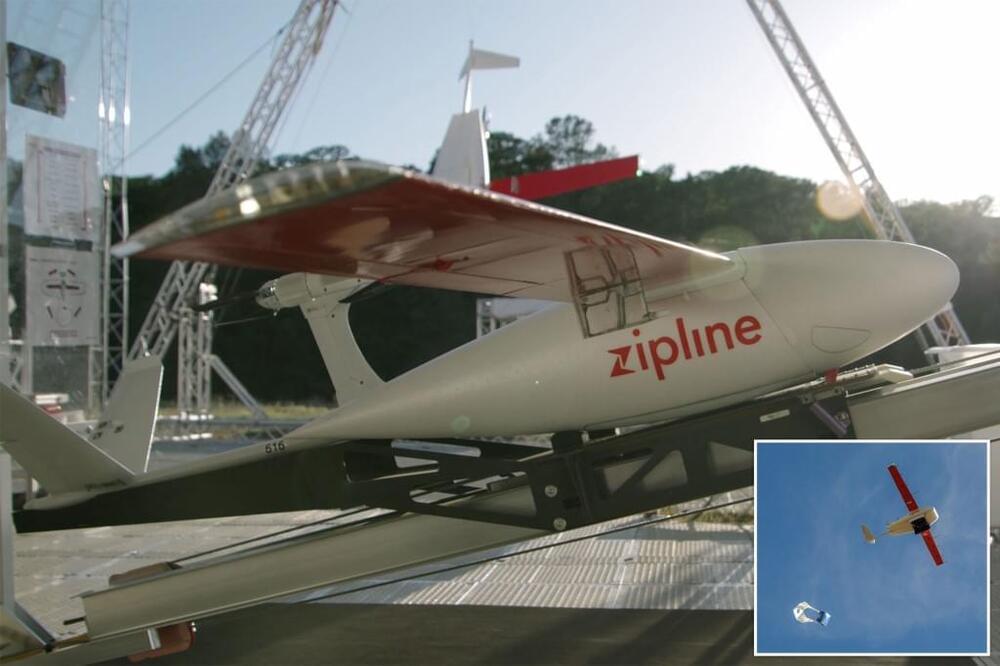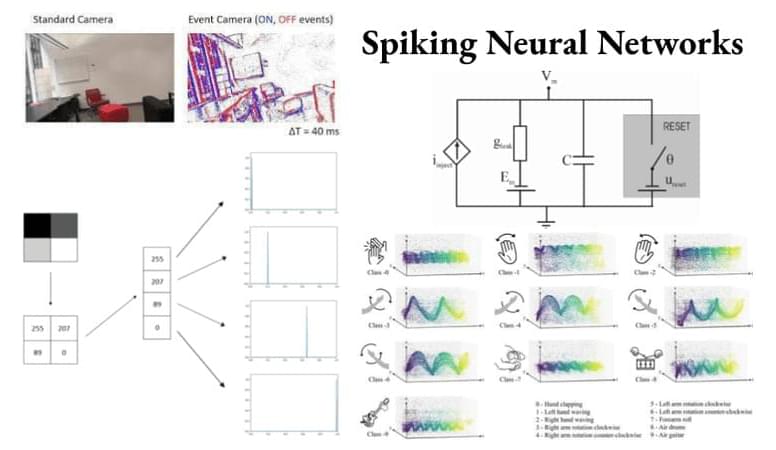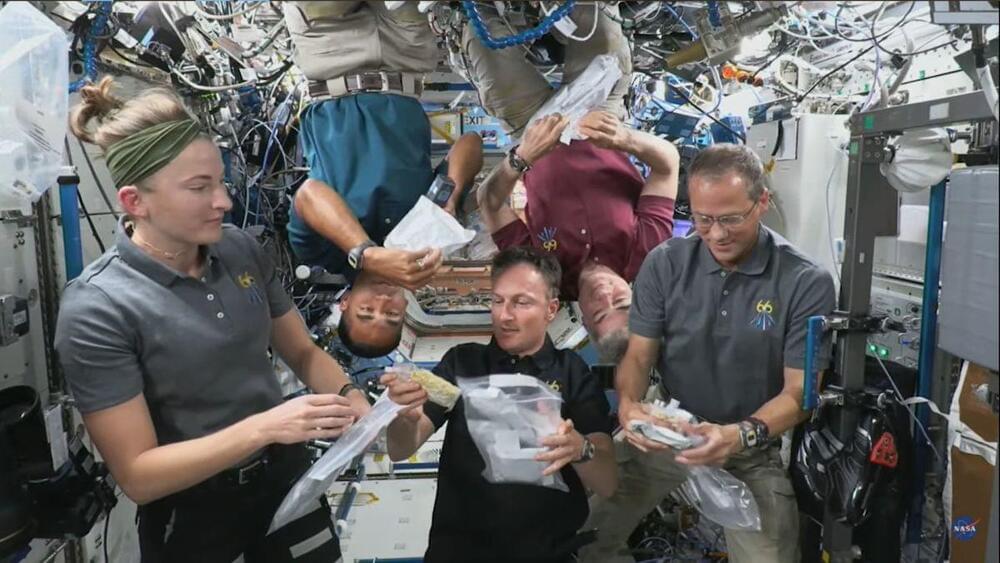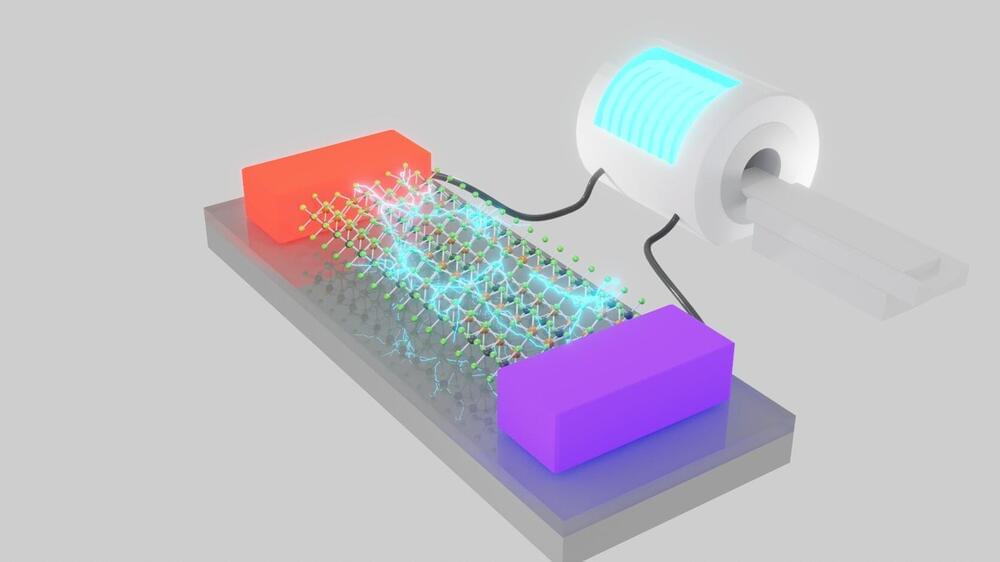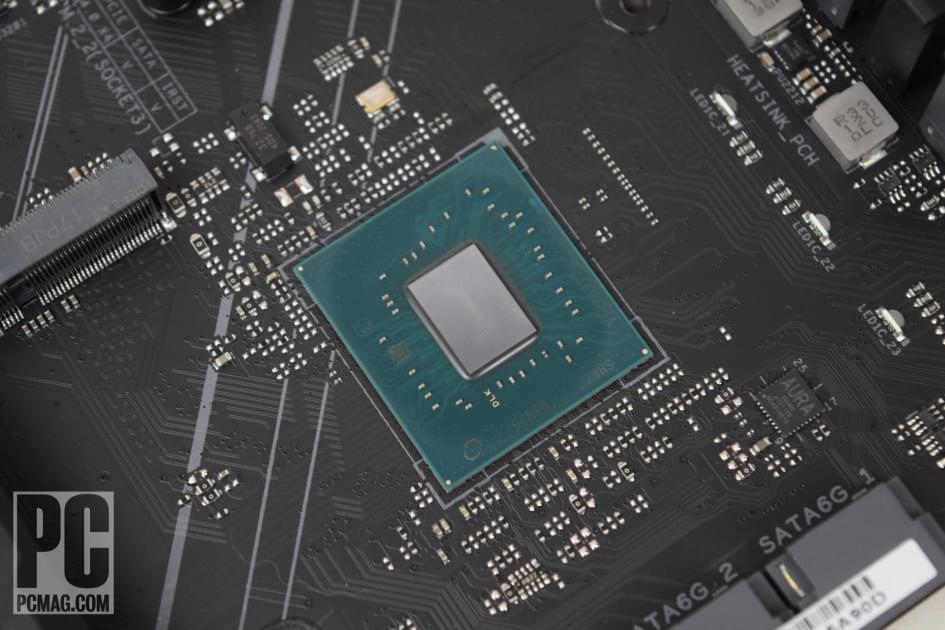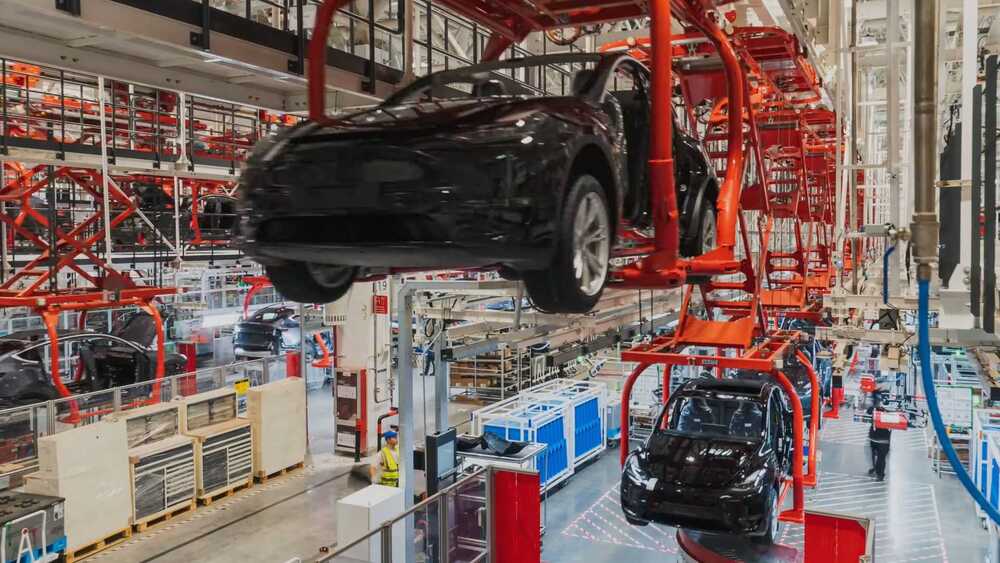Artificial intelligence has reached a point where it can compose text that sounds so human that it dupes most people into thinking it was written by another person. These AI programs—based on what are called autoregressive models—are being successfully used to create and deliberately spread everything from fake political news to AI-written blog posts that seem authentic to the average person and are published under human-sounding byline.
However, though autoregressive models can successfully fool most humans, their capabilities are always going to be limited, according to research by Chu-Cheng Lin, a Ph.D. candidate in the Whiting School of Engineering’s Department of Computer Science.
“Our work reveals that some desired qualities of intelligence—for example, the ability to form consistent arguments without errors—will never emerge with any reasonably sized, reasonably fast autoregressive model,” said Lin, a member of the Center for Language and Speech Processing.

